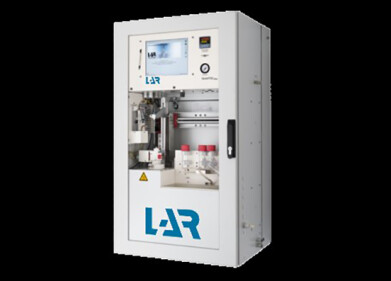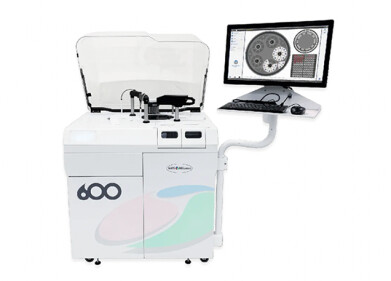Wastewater Analysis
How Do You Get Rid of Micropollutants?
Jun 21 2022
Micropollutants have become a hot topic among scientific, environmental and policymaking circles in recent years. Present in a multitude of everyday objects and produced as a result of countless domestic, commercial and industrial processes, these small but resilient contaminants are finding their way into the natural world in increasing numbers.
Although they are generally released in small concentrations, their inability to biodegrade means they can persist in our soil and water for many years. Over time, they can bioaccumulate, achieving concentrations which can cause problems for the ecosystems they pollute and the organisms which inhabit them. How, then, can these pesky micropollutants be removed from the environment?
Conventional methods inadequate
Many of these substances in this discussion are known as emerging micropollutants (EMPs), which means that little research has been done into their provenance nor their long-term effects on environmental, animal and human health. As such, conventional wastewater treatment methods are insufficient to remove these elements from their effluents and many micropollutants are discharged into the environment without being removed at all.
As mentioned above, these micropollutants are generally found in extremely low concentrations – but they have a tendency to bioaccumulate in the environment. Over time, they can disrupt the natural balance of the ecosystems they inhabit, adversely affecting the flora and fauna which lives there. Because they can infiltrate groundwater and underwater aquifers, they could also potentially compromise the health of drinking water supplies.
The importance of monitoring
As with any issue, the first step to overcoming it is understanding it. For that reason, it’s imperative that all wastewater treatment plants implement robust monitoring mechanisms to verify whether their techniques are sufficient for removing the micropollutants from their effluents. Of course, many older plants will not be capable of tackling the issue, but quantifying it is an essential first step.
There are a variety of different sophisticated new monitoring techniques which have been developed to address certain micropollutants in particular. For example, ion chromatography has been deployed to quantify the concentration of ammonium cations in industrial wastewater effluents to great effect. Since ammonia is one of the biggest causes of an imbalance in water nutrient levels, this is a significant step forwards.
A long way to go
Nonetheless, the fact that different micropollutants require different approaches make it extremely challenging for industrial site owners to remove 100% of the micropollutants from their effluent streams. It’s not only financially prohibitive to do so – especially for smaller businesses – but can in effect be nigh-on impossible, given the sheer number of EMPs and the dearth of our knowledge about them.
Having said that, progress is being made. Digital measurement is making waves in water and wastewater treatment, allowing for greater precision and efficiency in removal methods. Inevitably, this will result in higher overheads for the companies involved, which can translate into more expensive bills for the consumer. However, the EU (and other regulatory bodies) are putting in place legislation to ensure that micropollutants can be monitored and managed without adversely affecting everyday citizens. At the present time, it remains a work in progress – so watch this space for more developments.
Digital Edition
AET 28.4 Oct/Nov 2024
November 2024
Gas Detection - Go from lagging to leading: why investment in gas detection makes sense Air Monitoring - Swirl and vortex meters will aid green hydrogen production - Beyond the Stack: Emi...
View all digital editions
Events
Jan 12 2025 Abu Dhabi, UAE
Jan 14 2025 Abu Dhabi, UAE
Jan 20 2025 San Diego, CA, USA
Carrefour des Gestions Locales de L'eau
Jan 22 2025 Rennes, France
Safety, Health & Wellbeing LIVE
Jan 22 2025 Manchester, UK



















